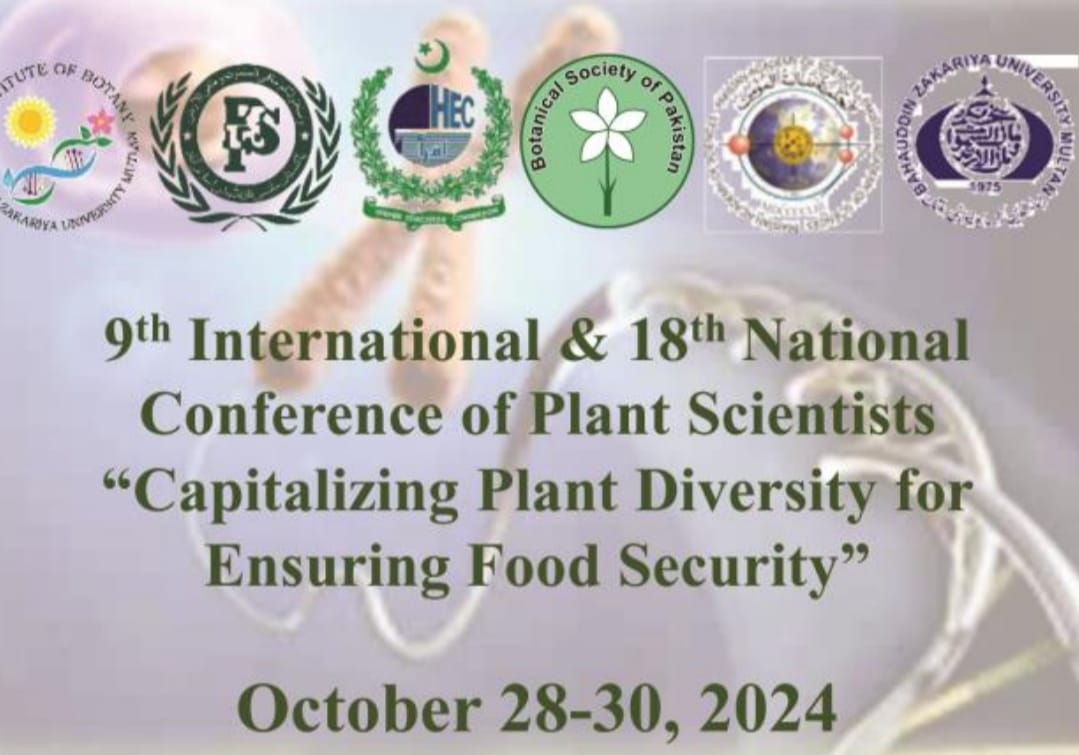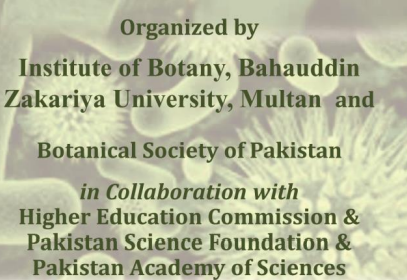PJB-2025-142
SURVEILLANCE AND IDENTIFICATION OF RUST PATHOGENS OF WHEAT CROPS GROWN IN DISTRICT NAUSHAHRO FEROZE, PAKISTAN
SAHIB GHANGHRO
Abstract
Wheat is the world's most staple food crop in terms of food consumption and trade. Pakistan is among the world's top ten wheat-producing countries. Almost 90% of the wheat cultivars grown in Sindh and other provinces are susceptible to leaf and yellow rust diseases caused by Puccinia recondita and Puccinia striiformis, respectively. This study aimed to analyze the severity and occurrence of leaf and yellow rust diseases in wheat crops cultivated in different Talukas, including Moro, Naushahro Feroze, Bhiria City, Kandiaro, and Mehrabpur, of District Naushahro Feroze, Sindh, Pakistan. The microscopic study has confirmed that the fungal pathogens Puccinia recondita and Puccinia striiformis cause leaf and yellow rust in wheat crops. Surveillance and assessment were conducted in the study area to analyze the occurrence and incidence of rust disease in wheat crops. The study found that both yellow and leaf rust severely affected the wheat crop in two Talukas, i.e., Moro and Kandiaro. However, disease symptoms were observed to be less severe in Taluka Bhiria City than in other Talukas. Importantly, NIA-Sarang and Benazir wheat varieties were resistant to leaf and yellow rust. Moreover, the TD1 variety was the most susceptible in the entire Talukas of District N. Feroze. Furthermore, this study suggests that resistant wheat varieties be cultivated in the area and the province to avoid rust disease epidemics. Our study can serve as a basis for the molecular characterization of wheat varieties resistant to or susceptible to leaf and yellow rust diseases, as well as the pathogen strains that cause these rust diseases
To Cite this article:


